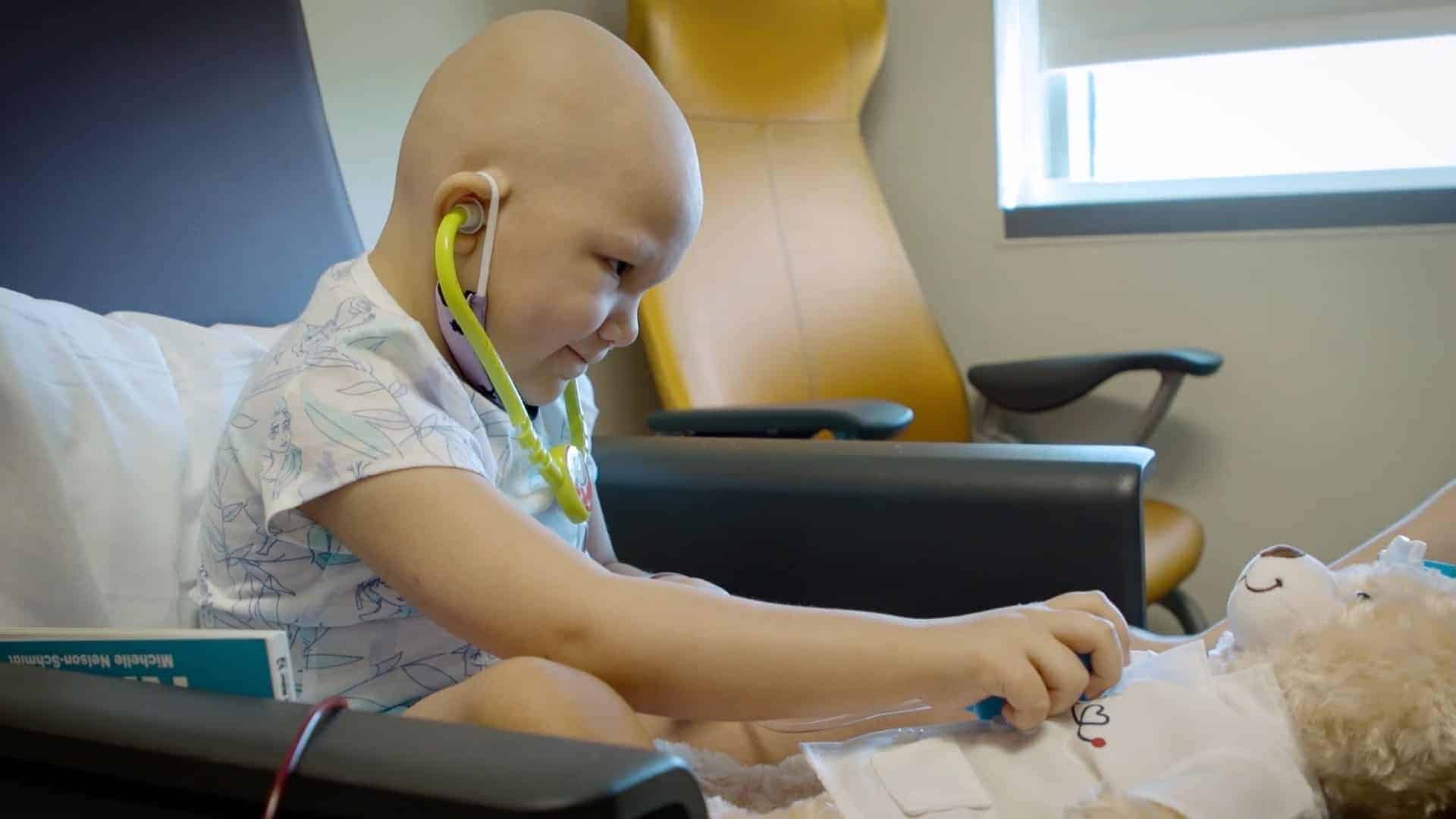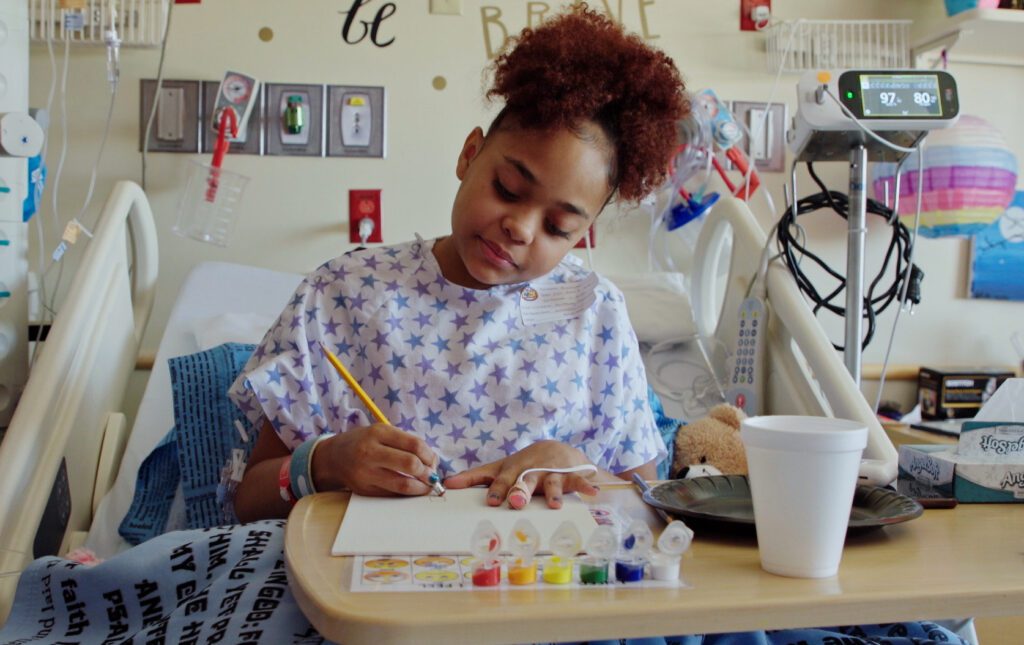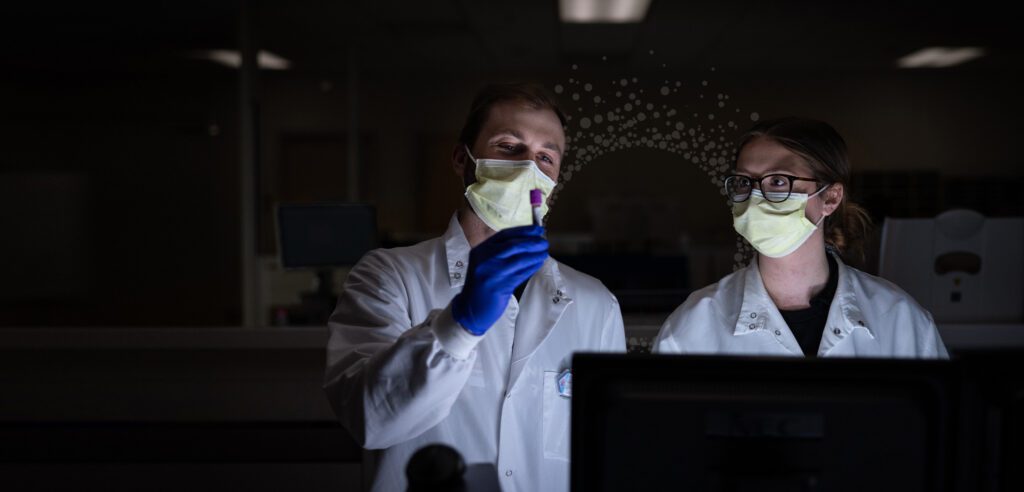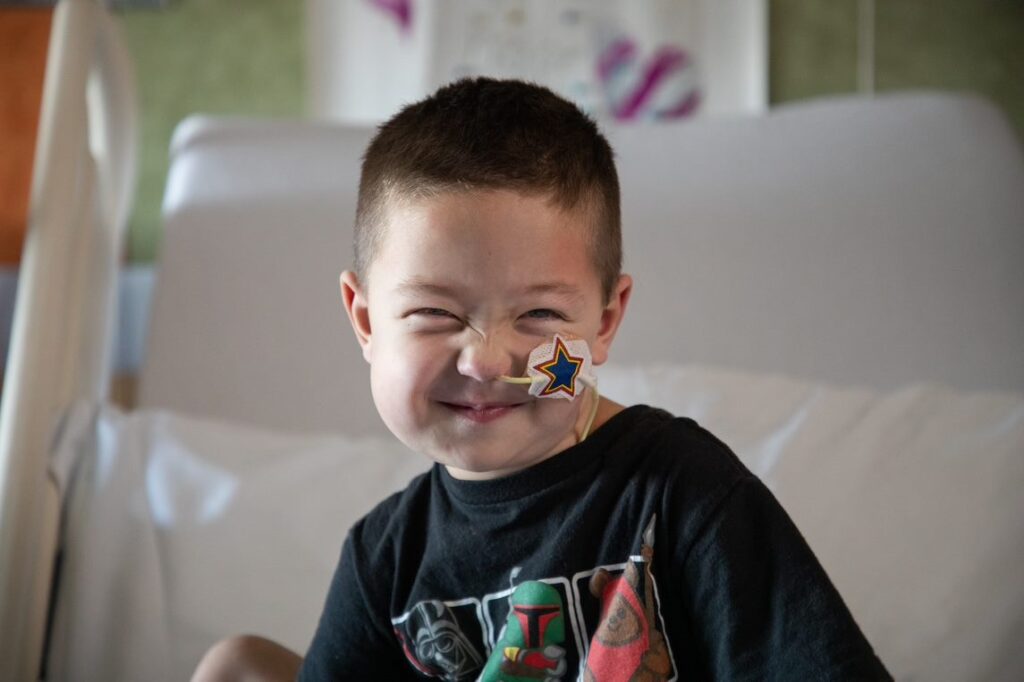To most of us, a beach ball doesn’t look like much. A summer diversion, perhaps—an inflatable toy to toss about in the pool, only to be thrown away come cooler weather.
Not for Jenni Rogers.
When Rogers sees a beach ball, she sees potential. Armed with scissors, Rogers fashions a gastrostomy tube, or G-tube, out of the plastic valve on the ball. Using gauze and medical tape, she affixes it to the chest of a stuffed animal. And then she shows patients the cuddly creature—now sporting what looks exactly like the surgically placed device used to access a child’s stomach for supplemental feeding—as a way to demystify the procedure for patients.
Rogers has worked in the Child Life program at Phoenix Children’s for more than 20 years, and most of that time has been spent supporting families during a child’s hospital stay. The job of a Child Life specialist? Using toys to help pediatric patients cope in developmentally healthy ways with what’s happening to them.
In short: She plays.
Normalizing the abnormal
As the medical team attends to a child’s physical needs in the hospital, certified Child Life specialists engage in play to attend to a patient’s developmental, psychosocial and emotional needs—a critical component in treatment and healing.
“Sometimes people think we just play with toys, but really our job is understanding the child and how they cope,” explains Rogers.
For example, a patient might cope best by knowing and seeing everything before it happens, so covering their eyes during a treatment could create anxiety. In this case, a Child Life specialist might let the patient watch the procedure while introducing them to counting and breathing techniques to ease anxiety, or they might engage the patient in medical role play with a doll before a procedure.
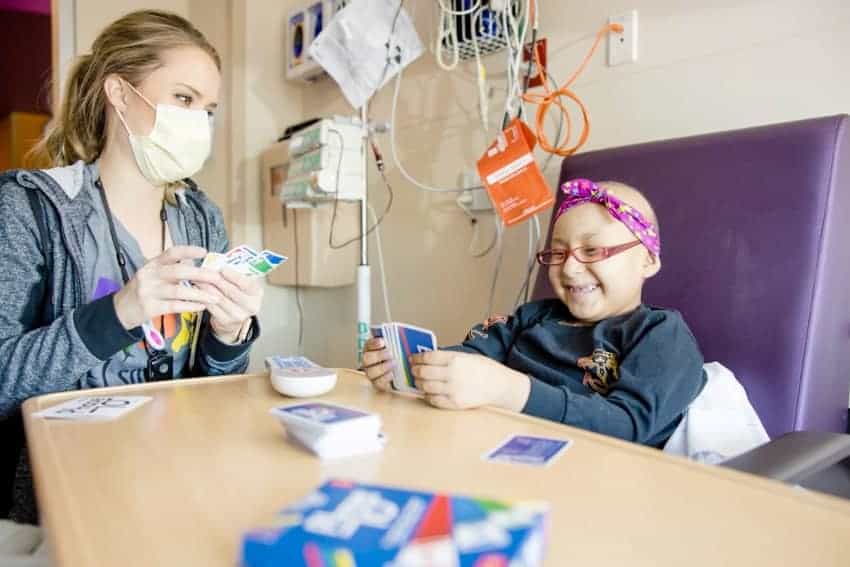
“Play is normal; the hospital is abnormal. Play feels comfortable. It creates a safe place in an unsafe environment.”
Jenni Rogers, Child Life Specialist
On the other hand, a child who responds well to distraction could benefit by watching a cartoon on an iPad or reciting math facts while being treated. It’s the Child Life’s specialist’s job to assess how a patient expresses their emotions, how they cope with stress and how the specialist can best incorporate play.
“Play is normal; the hospital is abnormal,” says Rogers. “Play feels comfortable. It creates a safe place in an unsafe environment.”
Toys as tools
According to Rogers, the toys used in Child Life can be anything that inspires imagination and creativity, from games to Barbie dolls to Play-Doh.
Explains Rogers: “The toys are tools … for distraction, education, comfort, as a coping mechanism, for incentive. We even incorporate toys with medical supplies—syringes filled with glue to use for an art project—to lessen anxiety and foster familiarity.”
This one way to give to Phoenix Children's provides patients with an emotional outlet and a means to express themselves. It also breaks down the medical process to a level pediatric patients can understand. Play is not deceptive, nor does it veil the truth of a patient’s experience in the hospital; instead, it sets an expectation for what’s happening—and what’s going to happen—while also giving patients a sense of control.
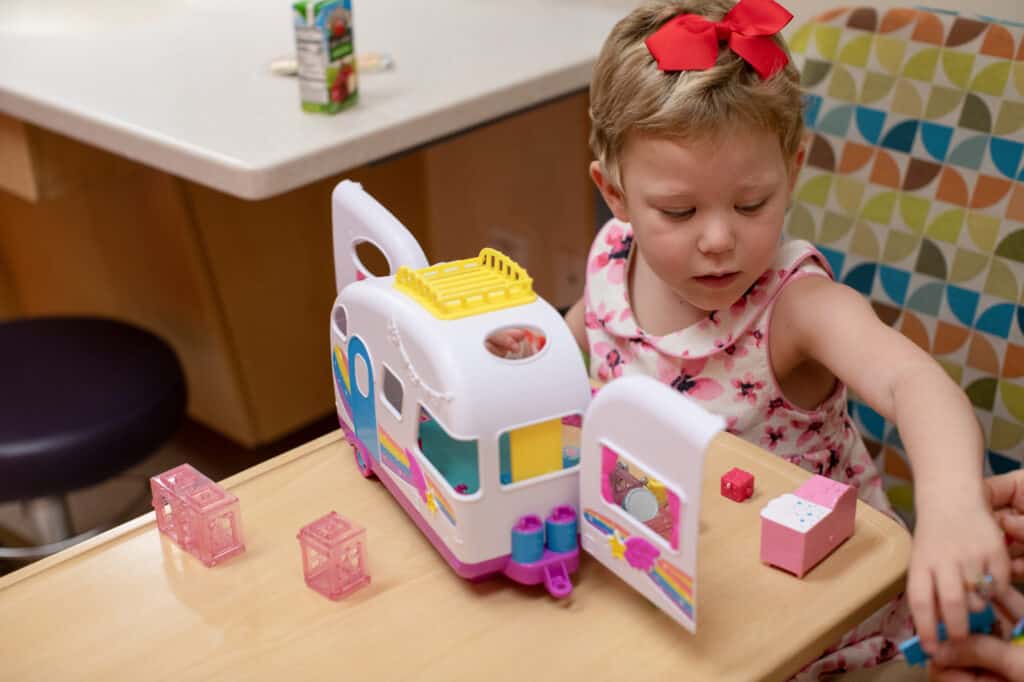
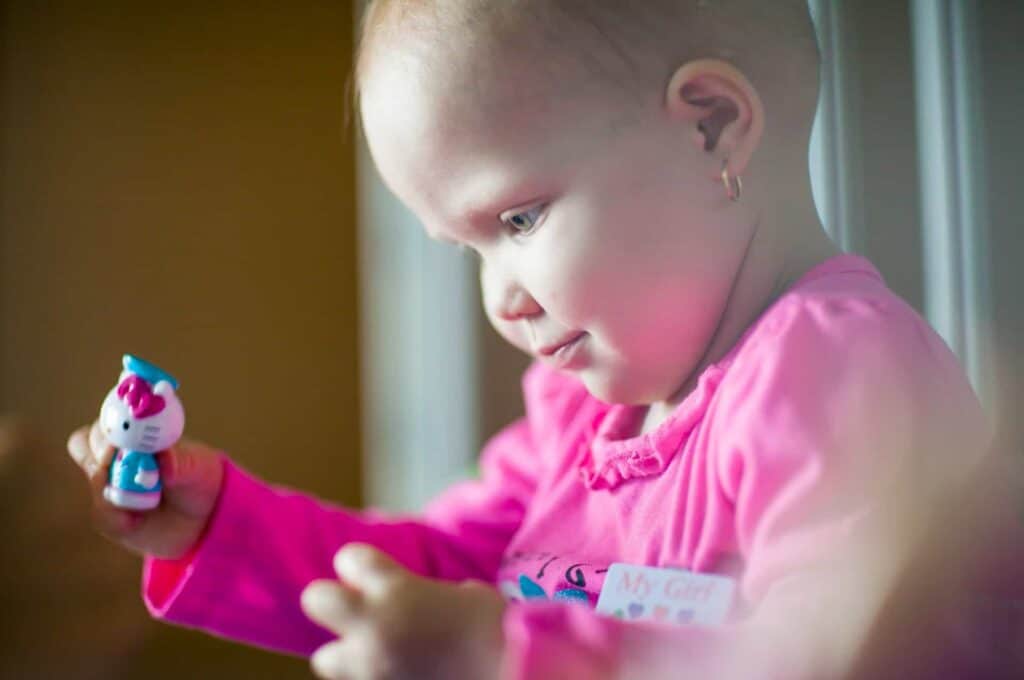
A profound gift
What separates pediatric hospitals from adult hospitals is a program like Child Life. Medical needs come first, of course, but for pediatric patients, their developmental needs don’t go away. By addressing these through play, Child Life specialists help patients work toward healing faster. In 2020 alone, the Child Life specialists at Phoenix Children’s provided support to 51,368 patients. But without donor generosity, this impact never would have been possible.
“Without our donors, we wouldn’t have these resources,” says Rogers. “Every dollar toward our toy program provides healing—whether it’s an action figure to give a patient on their birthday or a beach ball cut into a G-tube to help a child visualize the procedure, we find a way to use everything.”
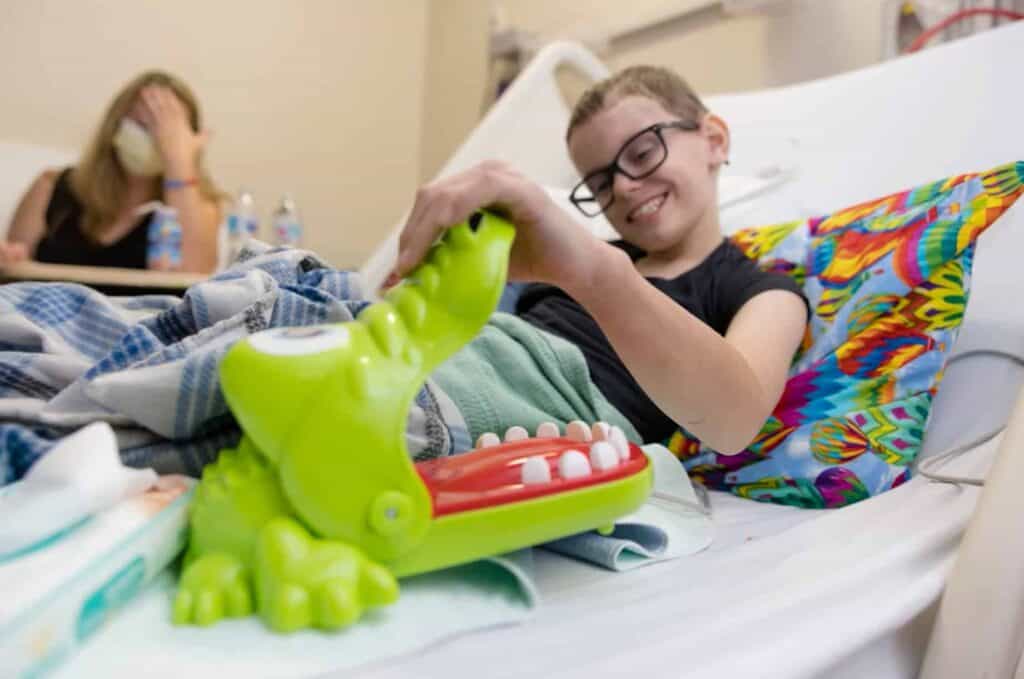
To provide toys to the children who need them most, browse Child Life’s wish list, which includes registries at Amazon and Target, or make a financial donation.
If you have a story about how your life has been touched by Phoenix Children’s, we want to hear from you.

